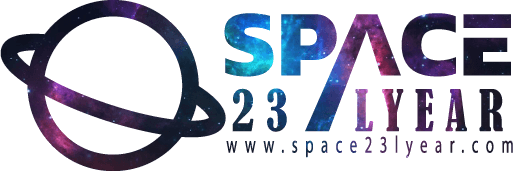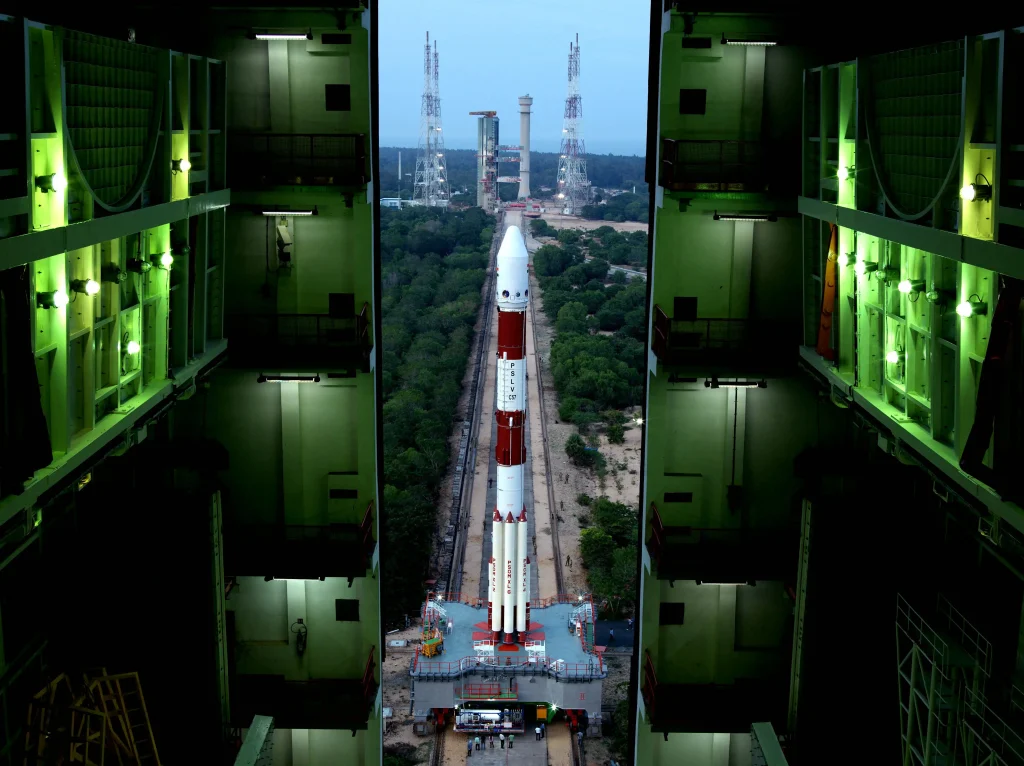Aditya L1 mission completed in 21 years
Aryabhatta Research Institute for Observational Sciences ARIES Nainital Indian Institute of Astrophysics Bangalore
And due to the far and high thinking of the scientists of Udaipur Solar Observatory, this mission could give India a new height in the space program.
This project was the dream of Prof. Jagdev Singh of the Indian Institute of Astrophysics, Bangalore (IIA).
Indian Solar Aditya Mission L1 is the result of 21 years of hard work by scientists. This mission started in 2002 with the joint effort of three space agencies of the country in the name of Indian Space Solar Mission and stayed in the name of Aditya L1.
Earlier this mission was being made for the lower orbit of the Earth. The then solar scientist Dr. Wahabuddin of Aryabhatta Observational Science Research Institute ARIES, Prof. Jagdev Singh of Indian Institute of Astrophysics, Bangalore IIA and Prof. Venkat Krishnan of Udaipur Solar Observatory were involved in making it. Whose design including paperwork took about four years. But after this, the need to increase the scope of this mission was felt and preparations for it started afresh. Meanwhile, the guidelines for the mission continued to be given by the officials of the Indian Space Research Organization (ISRO). In the new plan, the old things were kept intact and the struggle to invent some new equipment started. This mission was being prepared up to a height of 600 km above the earth. In which Aditya could complete the rotation of the Earth in 90 minutes, but the drawback was that during the 90 minutes, half of the time had to pass through the part where there was no sunlight. But the technology at that time was not that advanced, but still the need to invent necessary equipment to make it suitable for the study of the Sun was emphasized. Some more time passed in this work. After this, the campaign to create even more advanced equipment began, with the American Space Agency NASA and the European Space Agency ISA building it on the lines of SOHO. This campaign was so effective that it gave the country a distinct identity in the world. By then, a large group of scientists had joined this mission and the responsibility of making it was handed over to the Indian Space Research Organization (ISRO). In which many space agencies of the country had joined ISRO. At the same time, ground preparations were made to reach the L1 point to a distance of 1.5 million km from the earth, a proposal was made in 2012 and sent to the Government of India and in 2013 the Government of India gave it the green signal. By then this mission was taken over and after all the preparations it was launched on 2 September 2023.
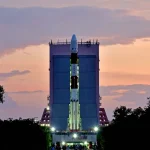
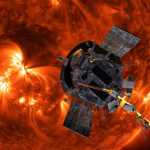
Former director of Aryabhatta Observational Science Research Institute ARIES and solar scientist Dr. Wahab Uddin, who was an important part of Aditya L1, says that his hard work is now going to pay off. This mission is so big that in the beginning we could have imagined it, but it was not possible on financial grounds. But whatever the delay, its correct results came out. Today the importance of this mission has increased because NASA and ISA’s mission of SOHO is nearing its end and our mission is ready to reach its end.
Source: Aries
Photo: ISRO
Author: Bablu Chandra
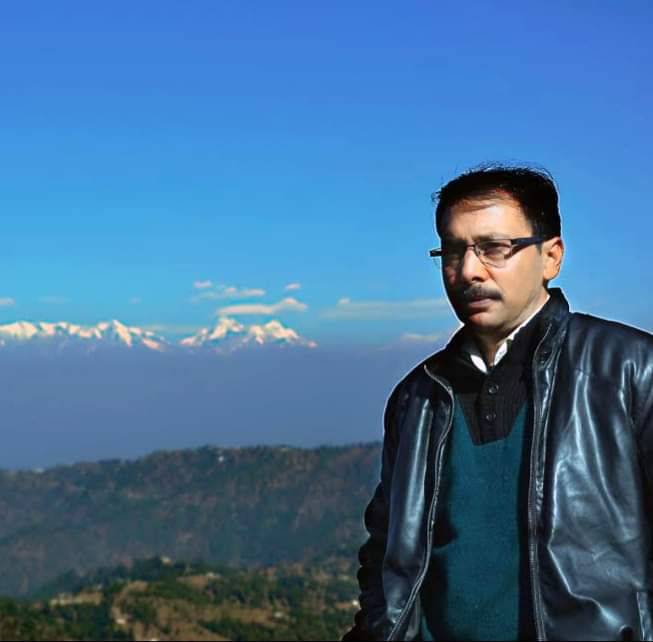
Journalist Space science.
Working with India’s leading news paper.
और अधिक जानें
